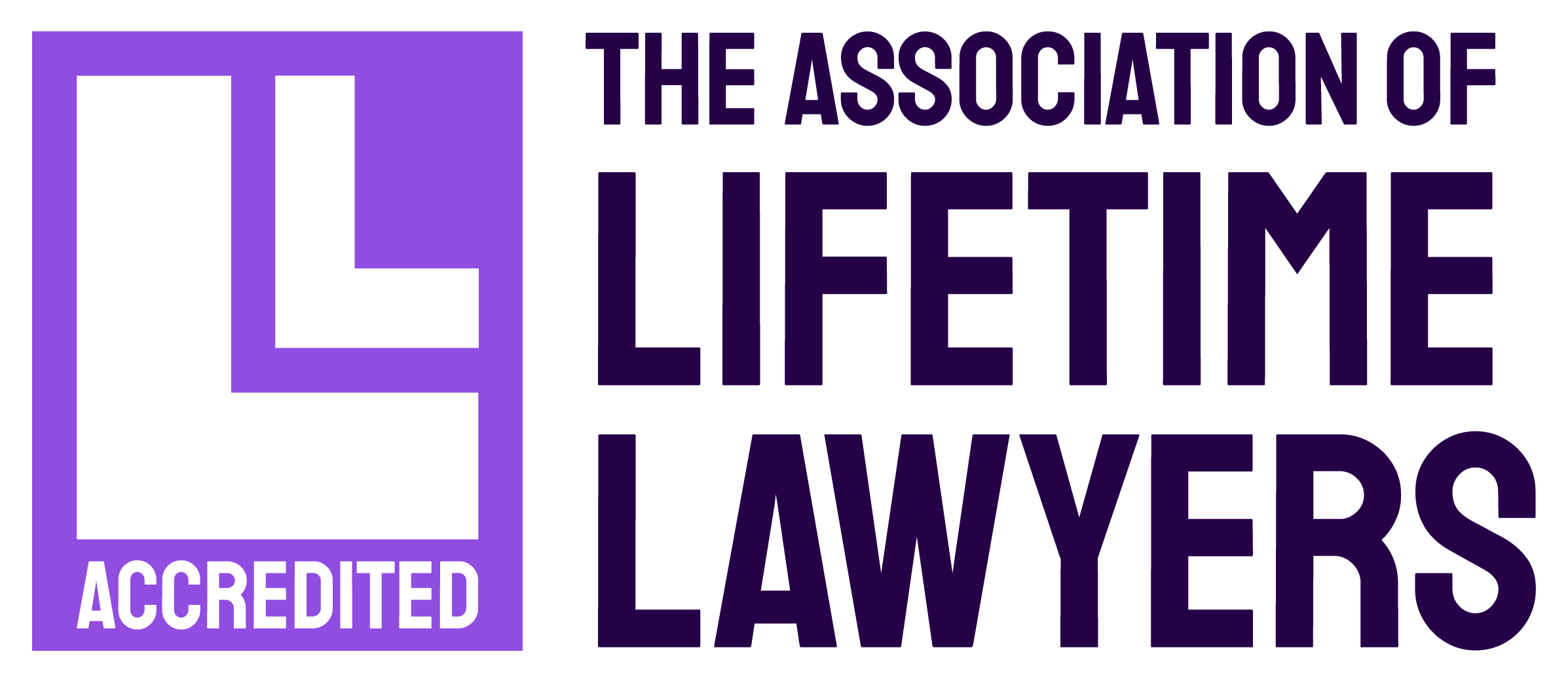The NLW rate will be £7.20 per hour for any worker over the age of 25. A new rate for workers aged between 21 and 24 is being introduced at £6.70 per hour.
Also coming into force is a new apprenticeship rate of £3 per hour. An apprentice can only be paid this hourly rate whilst under the age of 19 and in the first year of the apprenticeship. The usual minimum wage rates apply thereafter.
The Living Wage (LW) is a voluntary hourly rate that is independently set and updated on a yearly basis. It is calculated according to the basic cost of living in the UK and is aimed to reflect the minimum amount of income individuals need to live and buy basic provisions. The current LW in the UK is calculated to be £8.25 with the LW for London at £9.40 per hour.
Any employer can choose to pay the LW on a voluntary and purely elective basis. An employer is obliged by law to pay the NLW. An employer that pays the LW can publicly display the Living Wage Employer Mark which shows them to be an ethical employer that has chosen to pays its workers in excess of both the national minimum wage and the soon to be NLW.















